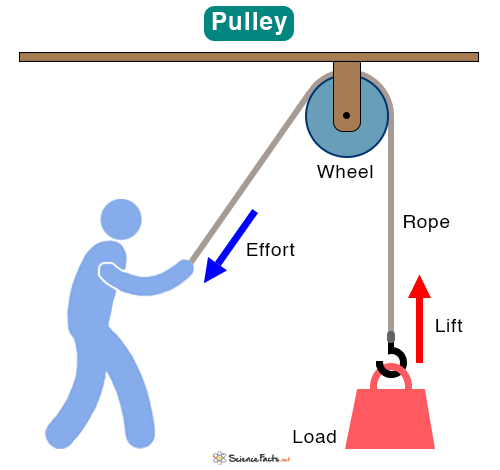What is a Transformer
Have you ever wondered how electricity travels safely from power plants to your home or how your phone charger changes the voltage from the wall outlet to a safe level for your phone?
Transformers are electrical devices that make it possible to transport and safely use electricity efficiently. They transfer energy between circuits using a principle called electromagnetic induction, which involves electricity flowing through a magnetic field to change the voltage.
How Does a Transformer Work
A transformer operates on the principle of electromagnetic induction, where an electric current is generated in a conductor by a changing magnetic field. This principle is based on Faraday’s Law of Electromagnetic Induction, which says that a changing magnetic field around a coil produces an electrical voltage (EMF) in the coil.
Parts
A transformer consists of several components:
- Magnetic Core: It is rectangular and serves as a pathway for the magnetic flux to pass. The core is made of laminated iron or steel to reduce energy losses from ‘eddy currents’, which are small circular currents in the metal that waste electrical energy as heat.
- Primary Coil: It is wound around one edge of the magnetic core and connected to the input AC voltage source. The number of windings or turns or loops of wire in this coil affects the input characteristics of the transformer.
- Secondary Coil: It is wound around the edge opposite to the primary coil. This coil is on the output side of the transformer and is connected to a load like a TV, refrigerator, cell phone, etc.
- Insulation: Insulation materials (oil, paper, tape, etc.) are used around the wires and between the coils and the core to ensure safety and durability. These materials prevent electrical short circuits and protect the transformer from heat damage.
Working Principle
When an alternating current flows through the primary coil, it creates a magnetic field that varies with the AC. This changing magnetic field induces a voltage in the secondary coil due to electromagnetic induction. The voltage induced in the secondary coil depends on the ratio of the number of windings (turns or loops of wire) in the primary coil to that in the secondary coil, known as the turns ratio. If the secondary coil has more turns than the primary coil, the transformer increases the voltage. Conversely, if the secondary coil has fewer turns, the transformer decreases the voltage (refer to the above image).
A transformer works only with alternating current (AC) and not direct current (DC) because the changing current is necessary to produce a magnetic field that changes with time. Let us take a closer look at the key parts of a transformer and how each component plays a role in its operation.
Types of Transformers
There are two main types based on the turns ratio: step-up transformers and step-down transformers. Each is designed for specific purposes.
1. Step-Up Transformers
Step-up transformers increase the voltage. They do this by having more windings in the secondary coil than in the primary coil. Since the voltage induced depends on the number of turns, having a higher number of turns means higher voltage. Its turns ratio is less than 1.
Step-up transformers are essential in long-distance power transmission. For example, a transformer at a power station steps up the voltage to allow electricity to travel efficiently over long distances.
2. Step-Down Transformers
Step-down transformers decrease the voltage. They have fewer turns in the secondary coil than in the primary coil. Its turns ratio is greater than 1.
Step-down transformers are essential in homes and businesses. For example, the transformers on power poles near a home reduce the high voltage from power lines to a lower, safer voltage for everyday household use.
Applications of Transformers
- Power Transmission: Crucial in power grids as they increase the voltage for long-distance transmission and then decrease it to safer levels for use in homes and businesses, ensuring efficient energy delivery
- Household Appliances: Used in everyday devices like phone chargers, televisions, and microwave ovens to adjust the voltage from the wall outlet to safe levels required by these appliances
- Electric Vehicles (EVs): Found in electric vehicle service stations to adjust voltage from the power post to the appropriate level for charging the vehicle’s battery, ensuring a safe and efficient charging process.
- Industrial Equipment: Used in industries to step down high-voltage electricity to safe levels for powering heavy machinery, such as motors and conveyor belts, ensuring efficient and safe industrial operations
- Medical Equipment: Found in hospitals to supply the high voltages required for MRI, X-ray, and CT scan, ensuring safe and effective operation of the machines
- Audio Systems: Applied to high-fidelity audio systems to match impedance between components like speakers and amplifiers, ensuring efficient signal transfer, reducing distortion, and improving sound quality for a better listening experience.
-
References
Article was last reviewed on Tuesday, December 3, 2024








